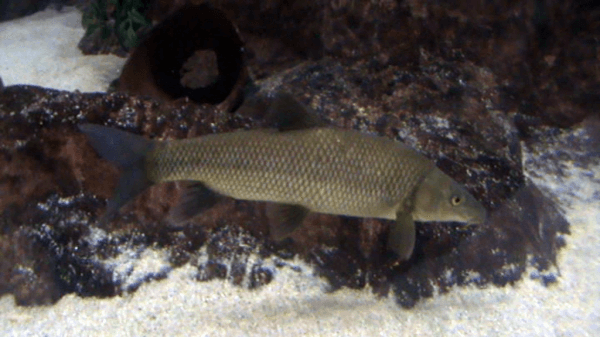Facts About Luciobarbus microcephalus
Luciobarbus microcephalus, a small ray-finned fish belonging to the Cyprinidae family, is an intriguing species native to the Iberian Peninsula. This fish is predominantly found in the middle and lower reaches of the Guadiana River drainage basin, extending across both Portugal and Spain. Typically growing to about 26 cm in length, these fish favor deeper, slower-moving sections of rivers and reservoirs.
Regrettably, the population of Luciobarbus microcephalus is currently in decline, prompting the IUCN to classify it as Vulnerable. This decline is primarily attributed to several anthropogenic factors such as overexploitation of water resources, pollution, agricultural runoff, and dam construction. The introduction of non-native fish species has also exacerbated the decline. Particularly, a dam project near Alqueva is expected to have a significant adverse impact on this species.
To safeguard Luciobarbus microcephalus, it has been listed in Annex V of the European Union's Habitats Directive, which regulates its collection from the wild. It is also recognized as a Protected Species under Appendix III of the Convention on the Conservation of European Wildlife and Natural Habitats. Notably, in this context, it is listed under the name Barbus capito, which actually refers to a similar species from Central Asia known as the Bulatmai barbel.
By understanding and addressing these threats, we can take steps to ensure the survival of Luciobarbus microcephalus in its native habitats.

 Gibraltar
Gibraltar